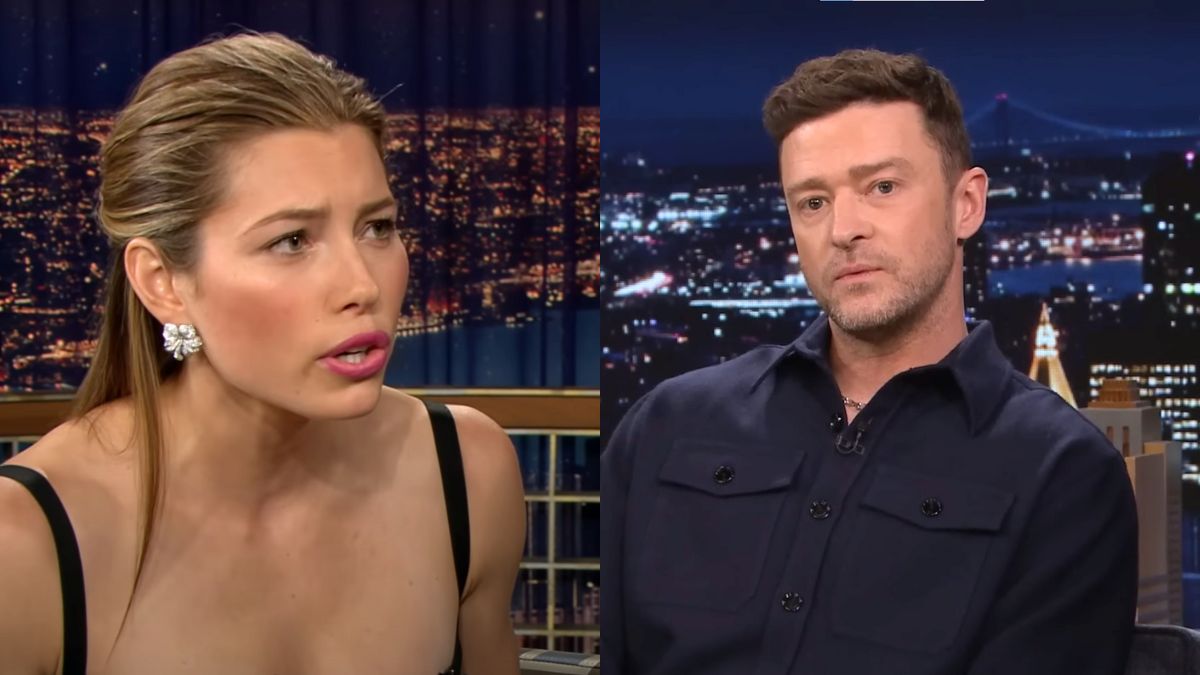According to 2K Marin’s Kent Hudson, there are a few core qualities an enemy character should embody in order for playing a game to be fun. Most important among these is predictability. An enemy can be difficult to beat, but the player needs to be able to learn its movements and adapt to its strategies. Otherwise, attacks are coming out of nowhere and there’s no way for the player to anticipate and adapt.
Makes sense. If only the team at 2K Marin had realized this before creating the Big Sister.
“We painted ourselves into a corner,” says Hudson. “We made an error of innocence.”
According to Hudson, it wasn’t until after the Big Sister character had been announced in January of 2009, and was featured on the cover of Game Informer magazine, that they had even begun addressing the problems with the character and had any idea whather or not she would ultimately make the game. He says the late stages of the games design were a time of “panic” as they scrambled to fix the “awful” Big Sister.
“She was terrible to play against. She was a jumbled mess of behaviors. … You never knew how she was making decisions and how to react to them. She wasn’t fun.”
Worse, he wasn’t sure how they’d be able to fix her and still ship the game on time and without going wildly over budget.
“We had put so much work on her to that point that we wern’t in a good place to iterate on her problems,” he says.
Salvation came in the form of lessons learned in building one of the game’s other feature enemies, The Brute. Hudson says that the design process for the Brute character was completely different from the ground up. The Brute team was comprised of members from multiple departments – animation, design, production – and that they worked iteratively, each contributing ideas to what would be the final design.
More importantly, the time spent concepting and documenting the Brute was much less than with the Big Sister. Hudson’s team, instead of working feverishly on a design document then rushing into production, like with the Big Sister, worked out a bare bones, high-level design doc and then rushed the character into a prototype stage where they could observe it’s actions and reactions in the game. According to Hudson, this was the critical difference that allowed the team to work more efficiently and produce a better result the first time.
“You ship a game, not a design document,” Hudson says, emphasizing the importance of prototyping and testing.
Having succeeded with the Brute, Hudson’s team then revisited Big Sister, tweaking her behaviors and animation to make her a more fun enemy to fight. By increasing the time it took for her to begin her charge, refining the behavior of her plasmid power attacks and making her behavior overall more predictable, she became a more fun enemy to fight. The result was a lot of wasted work, as animation and programming created for the first design of Big Sister had to be scrapped, but the result was a character that would actually work and be fun.
“We went from random behavior to consistent behaviors,” Hudson says, “[and] we realized … this was a success and she’s cool and players like her.”





Published: Mar 11, 2010 08:27 pm